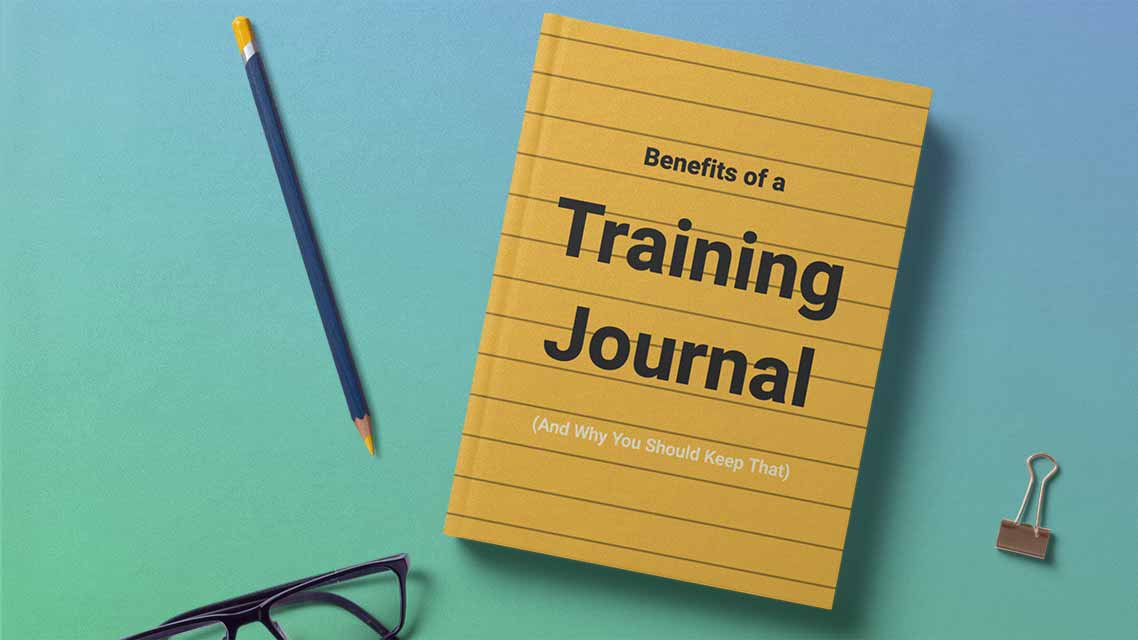Benefits of a Training Journal (And Why You Should Keep That)
The popularity of running could be attributed to the fact that it does not require much in terms of gears (running clothes and shoes) and in terms of athletic qualifications (you just have to know how to run).
There are good reasons to be a runner, like getting healthier and enjoying outdoors. And it is just fun. But, the reality though is that training is hard.
The first hurdle is your mind. And your body will resist exercise: the muscles ache, breathing is hard, you get tired. All the reasons for you to stop. You need a healthy mental attitude to continue.
Set Goals
The vital thing to making fitness a regular part of your life is that you have a plan. If you want to ditch bad habits, it’s essential to set goals. Think about what you want to achieve from a fitness plan.
You can’t just hope to become a faster runner and expect it to happen just by that. You must take small daily steps. Refer once in a while to the goals you are trying to achieve. Be steady with your actions. Soon, a fitness routine and exercises will be second nature.
To have better fitness, you must have proper training methods. These methods and systems are more than just what you do when you are on the run. They involve how you live your daily life.
Set reasonable goals
Create reachable goals. Create some other long-term goals that push your limits. Write your goals down.
Keep track of your daily activity in a journal. That way, you can see how far you’ve gone and how much closer you are to reaching your fitness goals.
Reasonable goals help to keep you motivated for training. If you try to take things too quickly odds are you will get worn-out mentally and physically.
Injury Prevention
Be smart in your running training to avoid injuries. This can be achieved by using the right gear. Why take the risk with worn-out running shoes when it is recommended to buy new ones every 6 months?
Proper warm up and cool downs can significantly reduce your risk of injury. This can include:
- stretching,
- jogging, and
- other mobility practices to make sure you are ready to begin your training activities.
If you take these things into consideration, you will have success in whatever it is you are training for.
Coaching
Seeking out someone with more experience than you is always a good idea. There is no sense re-inventing the wheel when someone has already tested several methods and can save you a lot of time leading to higher efficiency in your training.
An essential part of becoming an experienced athlete is to keep your mind open, both to new ideas and to feedback. Request feedback. Recognize that you don’t know everything and that you can learn a lot from those who are more experienced.

Training log
One valuable tool, aside from a good pair of running shoes, is a detailed training log. There are examples on how to do this everywhere. The big thing is that you record all the details of your running (pulse, distance, rest days, changes in anything, remarks on being tired, etc.)
The log is for you to review, as well as to plan future activities, based on all the details you’ve gathered.
Keep the log daily
The most valuable thing is that you are already in it and enjoying yourself.
Many of us have trained in one part of our lives. If you’ve ever taken your training seriously, there is a chance that you’ve used, or thought about, a training log or a journal.
The main difference between logs and journals is what you document in them:
- Training journals just document each workout or day, etc . They will typically include how you felt during the day or your workout. Statistical information is generally collected in a training log.
- Training logs are usually based on a template. You basically fill out a form that has fields like your weight, workout, and diet And you fill this on a day to day basis.
Both journaling and logging are necessary to keep a useful history of your pieces of training. It’s easier to remember to do both if you can combine them in some way.
Benefits of recording your training
Recording your training can be useful in times of planning new activities. You can check what has worked for you and what not. It’s handy for solving out reasons for injuries or for times of fatigue. Detailed history helps you in many ways. It’s easier to plan ahead and to grow your workout intensity effectively.
A detailed journal and history is also an excellent way to look back on past months and years, to memorize various occasions.



